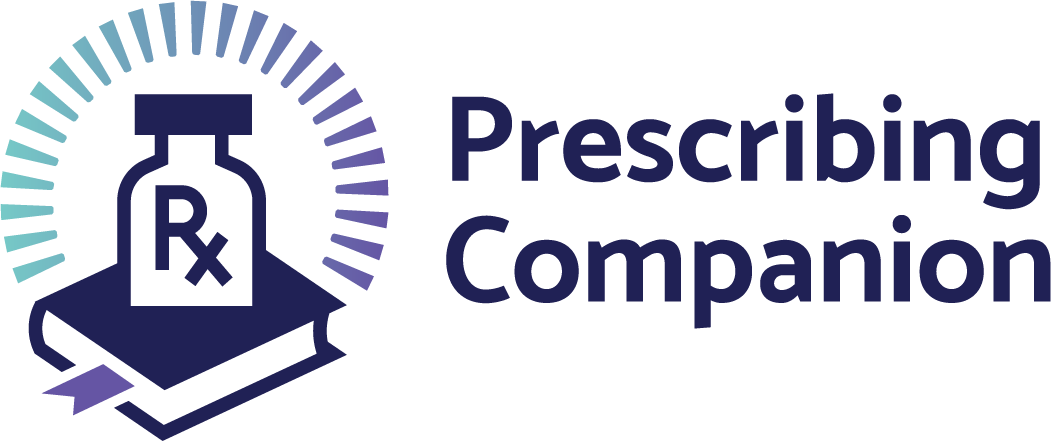Description
These are injuries which are inflicted by animal or human teeth. Common animal bites are due to dogs, snakes, crocodiles, and hippo attacks
Signs and Symptoms
• Open wounds
• Bleeding
• Swelling which can lead to compartment syndrome
• Associated fractures or amputations if inflicted by large animals
Treatment
Supportive
• Generously irrigate the wound with normal saline
• Adequate debridement of the wound
• DO NOT SUTURE WOUNDS. Leave the wound open for delayed primary or secondary suture except for
facial bites and actively bleeding vessels
• Limb elevation to reduce swelling
• If there is compartment syndrome, fasciotomy must be done
• Partial-traumatic amputation requires surgical completion, aggressive debridement and wound care.
Pharmacological
• Tetanus toxoid, 0.5ml intramuscularly as a single dose.
• If the bite is from a suspected rabid animal, administer post-exposure rabies treatment.
• For snake bites, refer to section on medical emergencies (refer to Chapter 1.2.3)
• Major Bites
• Ceftriaxone Adult: 2g IV once daily. Children 50mg/kg once daily, maximum 2g daily.
• Metronidazole Adult: 500mg IV 3 times daily. Children 7.5mg/kg 3 times daily.
• Tramadol Adult: 50mg IV/PO 1-3 times daily
WITH
• Paracetamol Adult 500mg-1g IV/PO 3 times daily. Children 10-15mg/kg 3 times daily.
• Minor Bites
• Amoxicillin/Clavulanic Acid Adult: 625mg PO 2-3 times daily. Children 15-30mg/kg (based on
Amoxicillin component) 2-3 times daily.
• Metronidazole, adults; 200-400mg orally 3 times daily, children; 7.5mg/kg orally 3 times daily for 5 days
• Paracetamol Adult 500mg-1g IV/PO 3 times daily. Children 10-15mg/kg 3 times daily.
AND/OR
• Ibuprofen Adult: 400mg 3 times daily. Children: 10mg/kg 3 times daily
Complications
• Infection with both aerobic and anaerobic bacteria and viruses.
• Compartment syndrome
• Gangrene
• Loss of limb/disability
